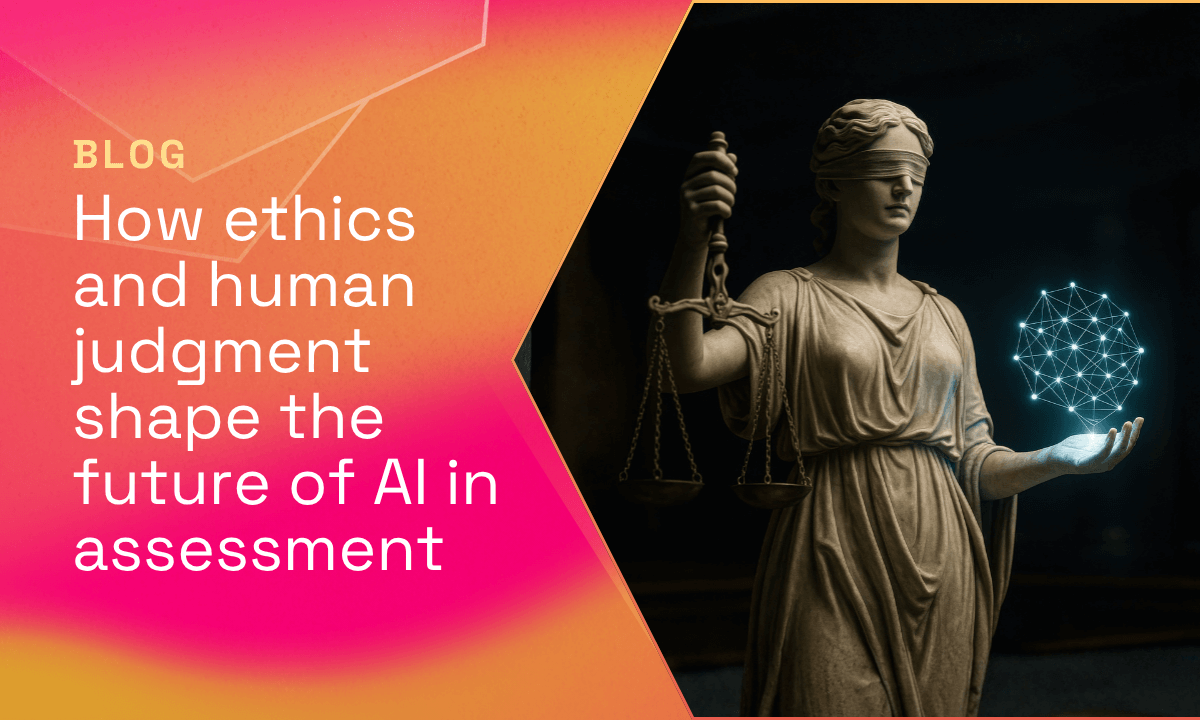When opposites attract: Turning personality differences into workplace strengths
Valentine’s Day isn’t just about romance—it’s also a great time to reflect on relationships of all kinds, including the ones we build at work. Every workplace is a mix of personalities, and if you’ve ever worked closely with someone whose approach to work is completely different from yours, you know that opposites don’t just attract—they challenge, balance, and when managed well, create something even better than the sum of their parts.
Using personality assessments like the Deeper Signals Core Drivers Diagnostic, we can explore how people sitting on opposite ends of a personality spectrum can clash and complement each other. While some pairings might seem like a natural fit, others require patience and self-awareness to truly thrive.

How our differences drive success
Take, for instance, the pairing of Candid and Considerate personalities. The Candid person is all about clear, no-nonsense communication, valuing honesty above all. Meanwhile, the Considerate colleague places a premium on empathy and thoughtful expression. In an ideal scenario, the Candid individual’s direct feedback cuts through ambiguity, while the Considerate person softens the delivery, ensuring that the message is both clear and kind. When these two find common ground, their combined approach fosters an environment where openness meets respect. Of course, if the bluntness isn’t tempered or the sensitivity is overdone, misunderstandings can arise—but with a little awareness, they can learn to complement each other perfectly.
Then there’s the dynamic between the Flexible and the Disciplined. Imagine a creative, spontaneous team member who thrives on change and adapts on the fly. Now, place them next to a colleague who lives by structure, schedules, and meticulously planned steps. At first glance, these approaches might seem at odds—one might view the other as either chaotic or overly rigid. However, when these two work together, they can transform wild ideas into actionable plans. The flexible thinker brings fresh perspectives and adaptability, while the disciplined partner ensures that the team doesn’t lose its way. The key here is mutual respect: allowing some room for spontaneity while recognizing the need for structure can lead to a perfect balance of innovation and order.
Consider also the contrast between Reserved and Outgoing individuals. The reserved team member often works best behind the scenes, quietly processing information and offering deep, reflective insights when they do speak up. In contrast, the outgoing colleague is energized by social interaction, effortlessly building connections and driving group discussions. When these personalities collaborate, the outgoing person can help draw out the reserved one, ensuring that those valuable insights aren’t lost in the shuffle. In turn, the reserved individual can offer the thoughtful analysis that tempers the enthusiasm of their more gregarious counterpart. The result is a team dynamic that’s both energetic and deeply considered—a blend that can be a real asset in any creative environment.
Then there’s the classic mix of Laid-Back versus Driven. The driven individual is the go-getter, constantly pushing for progress and high performance, while the laid-back colleague provides a calming influence, ensuring that the team doesn’t burn out under pressure. These extremes might seem contradictory at first—one is all about relentless energy, the other about taking it easy—but together they can form a harmonious balance. The driven person’s ambition fuels progress, while the laid-back team member helps maintain perspective, reminding everyone that sustainable success is built over time.
Next is the pairing of Pragmatic and Curious individuals. The pragmatic person is grounded and focused on practical, proven methods, always thinking about efficiency and realistic outcomes. On the flip side, the curious colleague is an explorer at heart, always ready to challenge the status quo and propose bold, new ideas. When these two perspectives converge, they can drive innovation that is both creative and feasible. The curious mind pushes boundaries and questions established practices, while the pragmatic individual ensures that only the most viable ideas take shape. With a little give-and-take, this duo can be a powerhouse for change.
Finally, consider the dynamic between the Passionate and the Stable. The passionate person brings a high level of energy, emotion, and urgency to their work—qualities that can drive major breakthroughs. Conversely, the stable team member is calm, composed, and consistent, serving as a grounding force when things get hectic. This pairing can be particularly powerful when passion needs to be channeled into focused action. The passionate individual’s enthusiasm can inspire the team, while the stable colleague provides the steady support needed to navigate challenges without losing sight of the bigger picture.
At the end of the day, no two people are exactly alike—and that’s a good thing. The extremes in our Core Drivers might sometimes lead to friction, but they can also create a rich tapestry of skills and perspectives that, when harmonized, drive exceptional teamwork and innovation. The secret lies in understanding and appreciating these differences, being willing to adjust, and always keeping communication open.
This Valentine’s Day, take a moment to appreciate the diversity of personalities in your workplace. Whether your colleagues are candid or considerate, flexible or disciplined, reserved or outgoing, laid-back or driven, pragmatic or curious, passionate or stable, every combination has the potential to contribute to a dynamic and successful team—if you’re willing to put in the effort to understand one another.
Happy collaborating!





























